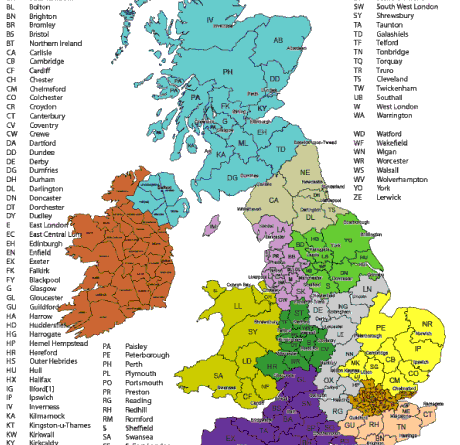What is the Postal Code? Understanding Its Importance and Use
In a world where timely and accurate communication is crucial, the postal code stands as a key element in the efficient delivery of mail and packages. But what exactly is a postal code, and why is it so important? Let’s explore the origins, functions, and various types of postal codes used around the world.
What is a Postal Code?
A postal code, known as a ZIP code in the United States, is a series of letters, numbers, or both that identifies a specific geographic area. This code is used by post services to streamline the sorting and delivery of mail, ensuring it reaches its intended destination without delay.
The Evolution of Postal Codes
The postal system has an interesting history. The first known use of postal codes was in Ukraine in 1932, though it was short-lived. The modern postal code system was introduced in Germany in 1941, known as “Postleitzahl.” This innovation paved the way for other countries to adopt similar systems. The United States followed suit in 1963 with the introduction of the ZIP code, revolutionizing mail sorting and delivery processes.
Significance of Postal Codes
- Enhanced Mail Delivery: Postal codes allow for efficient sorting and delivery of mail, reducing the risk of misdelivery and speeding up the process.
- Precision in Addressing: By including a PC, senders can ensure their mail is directed to the correct location, minimizing errors.
- Geographic Identification: Postal codes often correspond to specific regions, neighborhoods, or even individual buildings, providing precise geographic identification.
- Support for E-commerce and Logistics: In the digital age, postal codes are vital for calculating shipping costs, planning delivery routes, and managing warehouse inventories.
Different Types of Postal Codes
Postal codes come in various formats depending on the country:
- Numeric Codes: Countries like the United States, Germany, and China use numeric postal codes. For example, a typical U.S. ZIP code might be “90210” or “30301.”
- Alphanumeric Codes: Countries such as Canada and the United Kingdom use a mix of letters and numbers. For instance, a Canadian postal code could be “M5W 1E6,” while a UK postcode might be “EC1A 1BB.”
- Unique Codes: Specific locations, like military bases or large organizations, may have unique postal codes to ensure direct and secure delivery.
Finding the Right Postal Code
Locating the correct postal code is essential for accurate mail delivery. Here are some methods to find postal codes:
- Online Tools: Websites like USPS ZIP Code Lookup, Royal Mail’s Postcode Finder, and Canada Post’s Postal Code Lookup provide easy access to postal codes.
- Local Post Offices: Visiting a local post office can help you determine the correct postal code for a given address.
- Printed Directories: Some countries offer printed code directories organized by region or city.
Postal codes are a fundamental part of modern mailing systems, ensuring that mail and packages reach their destinations efficiently and accurately. Whether you’re sending a letter, shipping a product, or managing logistics, understanding and using postal codes correctly is crucial.
Incorporating postal codes into your addressing practices not only enhances delivery reliability but also contributes to a more organized and efficient global postal system. So, the next time you write an address, remember the importance of that simple yet powerful series of numbers and letters

